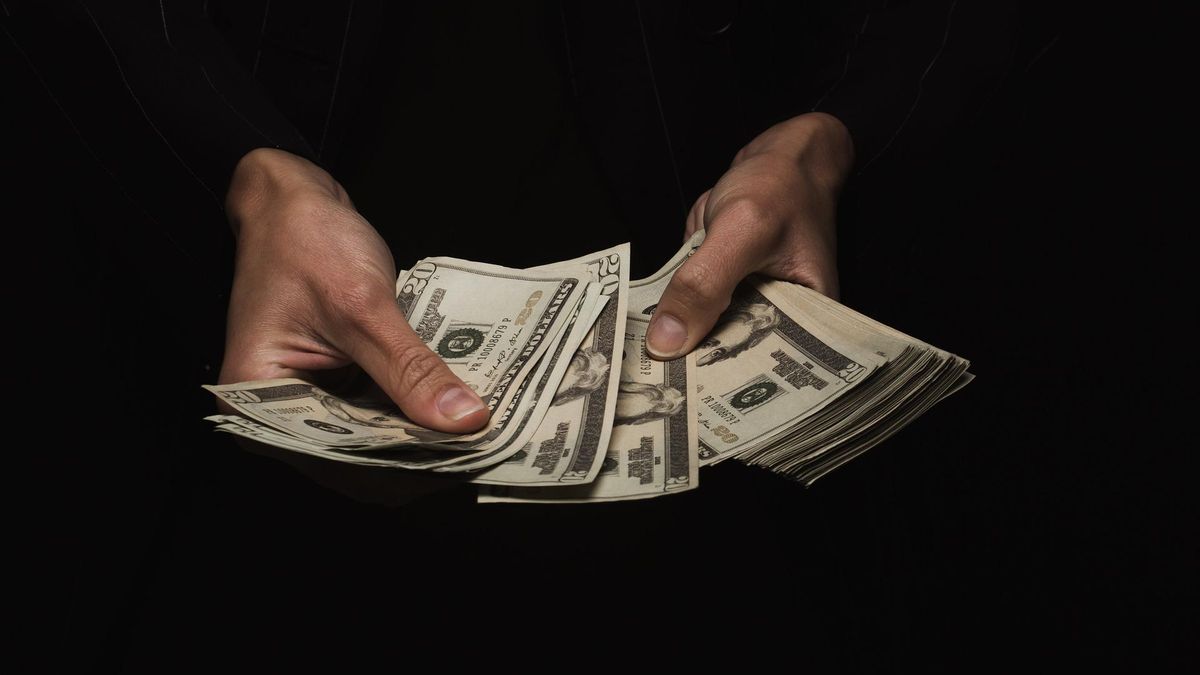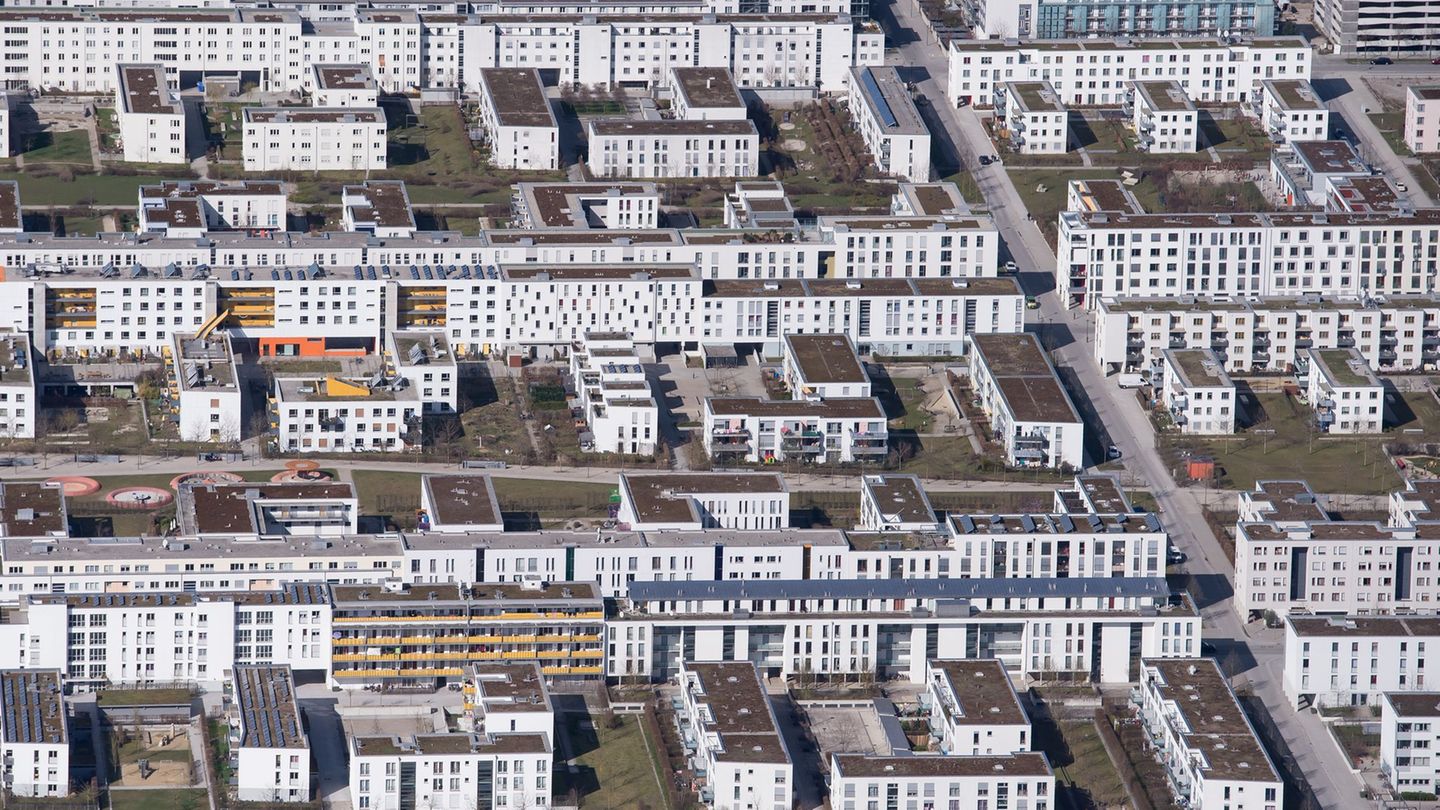For the analyst Salvador Di Stéfano, the equilibrium value of the blue dollar should be $210. In a published report, he highlighted that in the informal foreign exchange market, the ticket increased more than 12% in the last 5 years.
“Those who have bought blue dollars for 5 years, today gained in purchasing power. While 5 years ago with x amount of dollars you bought an apartment of 50 square meters, today you buy an apartment of at least 80 square meters. The same It happens with many exchange goods, since the rise of the blue dollar doubled inflation,” he said.
And he added: In an international scenario where inflation will dominate the scene in the coming years, it would be essential to collect things and not bills. When I say not to collect bills, I am saying any type of bills from pesos, dollars, euros or whatever name comes to mind. Tickets are ice cream melting in the sun.
“The market is more cautious and could be beginning to discount a greater risk due to the eventual non-compliance with the goals with the IMF at the end of June,” said Fernando Marull, of FMyA, according to the newspaper Clarín. “The fiscal goal for June would not be met, the Net Reserves do not rise enough (because agriculture liquidates but the BCRA cannot prevent dollars from leaking),” he detailed.
Added to these yellow signals for the market are the financing needs of the Treasury, bounded by a smaller margin for the Central Bank’s monetary issue. “At FMyA we assume that the IMF will grant some kind of waiver. Similarly, the noise will put pressure on the parallel dollar, which still does not reflect the jump in inflation from 2022 to 70% (and with the risk of being 75%)” said the economist.
In statements by the same medium, Guido Lorenzo, from LCG, agreed: “The big question is what the IMF is going to do when in September of this year it reviews the non-compliance of the objectives by June. Argentina will ask for a waiver and will have to show that, beyond the international context, efforts have been made to achieve the quantitative goals”.
“The policy regarding the exchange rate then begins to be targeted, the price of the dollar is not updated in such a way as to compensate for the inflation of each period and thus the economy suffers from an appreciation that is contrary to the reserve goal. On the other hand, the expectation of inflation accelerates and the interest rate also lags behind,” Lorenzo warned.
official dollar
Whether to hoard or to face card expenses, Argentines bought US$470 million in net form during April, some US$67 million less than in March (-12.5%)according to the report on the Evolution of the Foreign Exchange Market and Exchange Balance, published this Friday by the Central Bank.
Of this total, US$301 million (-6.1% compared to March) went to cover expenses incurred with cards for consumption with non-resident suppliers and US$138 million (-16.4% compared to the previous month), for hoarding, the report stated.
As far as hoarding is concerned, “human persons” bought tickets for US$143 million and made sales for US$5 million, showing drops of 16% and 11% compared to March, respectively.
As for the number of people who operated, 799 thousand individuals bought tickets, while some 26 thousand soldthus resulting in purchases and sales per capita of u$s179 and u$s201, respectively.
These operations took place within the framework of the regulatory changes introduced in September 2020, which include control and monitoring regarding the economic capacity and income required for the opening of new savings banks in foreign currency, and limits on the access of co-owners. to the purchase of foreign currency for the formation of foreign assets. Let us also remember that for payments made for consumption in foreign currency with credit and debit cards, they are taken into account in the monthly quota of u$s200 per person.
Big forex sellers and buyers
On the other hand, the “real sector” was a net seller of foreign currency for US$840 million. Within this group, the main sector in terms of net sales in the foreign exchange market, “Oilseeds and cereals”, recorded net income for US$3,358 million, with a year-on-year increase of 3%.
The “Real sector excluding Oilseeds and cereals”, on the other hand, was net buyer for a total of US$2,518 million, showing a year-on-year increase of 59%. The purchases were mainly destined to carry out payments for imports of goods and services, and to cancel financial debt.
Meanwhile, the “Institutional investors and others” sector, both residents and non-residents, made net purchases in the month for $223 million.
Still, the foreign exchange current accountwhich includes the net flows for net exports of goods and services and primary and secondary income, recorded a surplus of US$276 million. This result was explained by the net income in Concept of “Goods” for US$1,403 millionpartially offset by the deficit results of “Services” and “Primary income” for US$866 million and US$261 million, respectively.
While the foreign exchange financial account of the “Non-financial private sector” had a deficit of US$431 million in the month, highlighting the records for the cancellation of balances in foreign currency with local entities for the use of cards with non-resident suppliers for US$237 million (which do not entail a net demand for foreign currency), the cancellation of foreign loans and debt securities for US$54 million, of local financial loans for US$47 million and with other international organizations for US$54 million. $s26 million.
The operations of the foreign exchange financial account of the “Financial Sector” resulted in a surplus in US$439 million, highlighting the US$460 million drop in liquid external assets of the entities that make up the General Exchange Position (PGC).
For its part, the operations of the foreign exchange financial account of the “General Government and BCRA” resulted in a deficit of US$760 million, mainly due to capital cancellations with the International Monetary Fund for the equivalent of US$687 million.
The worrying fact of the month was that the international reserves of the BCRA decreased by US$1,131 millionmainly affected by the impact of the drop in the price in US dollars of the assets that comprise them for US$1,087 million, ending the month at a level of US$42,007 million.
Source: Ambito
David William is a talented author who has made a name for himself in the world of writing. He is a professional author who writes on a wide range of topics, from general interest to opinion news. David is currently working as a writer at 24 hours worlds where he brings his unique perspective and in-depth research to his articles, making them both informative and engaging.




